SUMMARY
This is AI generated summarization, which may have errors. For context, always refer to the full article.
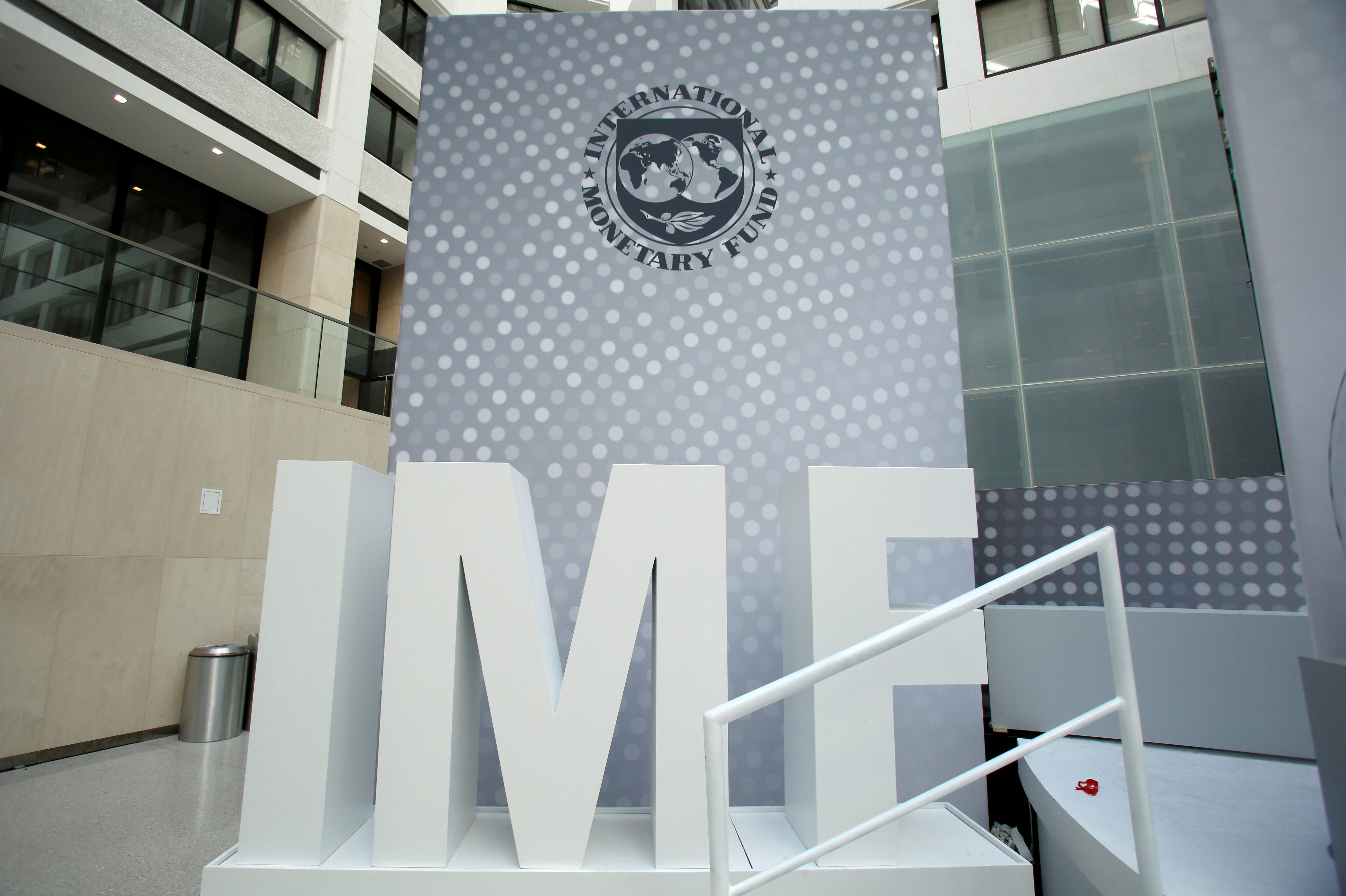
Economic growth in poorer countries will likely lag pre-pandemic expectations for years, given gaps in vaccination rates, revenue growth and the ability to borrow, the International Monetary Fund said in its Fiscal Monitor report released on Wednesday, October 13.
Global debt levels increased to a record $226 trillion in 2020, a $27 trillion jump in just one year that far exceeds the $20 trillion cumulative gain seen over the two years during the global financial crisis of 2008 and 2009, the report showed.
About 90% of that increase came from advanced economies, plus China, with emerging and developing economies far less able to access financial markets for their spending needs, and also more vulnerable to possible interest rate rises, Vitor Gaspar, the IMF’s head of fiscal policy, told Reuters in an interview.
“The great vaccine divide, climate change, and the great financing divide are global problems that demand global action,” he said, warning that low-income countries face compounding challenges that could slow growth prospects for years.
The pandemic has exacerbated the “already considerable” financing gaps facing low-income countries before the crisis, Gaspar said, adding that emerging and developing economies were also more vulnerable to changes in global interest rates.
That meant they could see borrowing costs rise faster than expected once central banks start to remove monetary support seen during the pandemic, the report said.
Global government debt has stabilized at a record $88 trillion, just below 100% of gross domestic product, with fiscal and economic developments varying widely, depending on local vaccination rates, the stage of the pandemic, and the ability of governments to access low-cost borrowing.
Overall, the report said, an estimated 65 million to 75 million more people will fall into poverty by the end of 2021 than would have been the case without the pandemic. – Rappler.com
Add a comment
How does this make you feel?


![[Time Trowel] Evolution and the sneakiness of COVID](https://www.rappler.com/tachyon/2024/02/tl-evolution-covid.jpg?resize=257%2C257&crop=455px%2C0px%2C1080px%2C1080px)


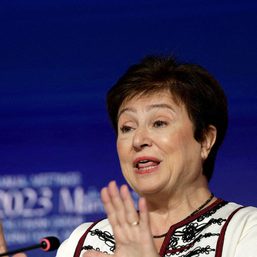
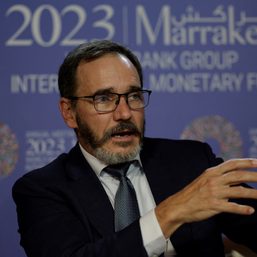
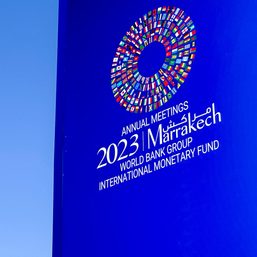
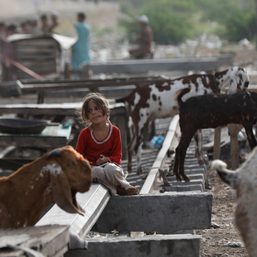
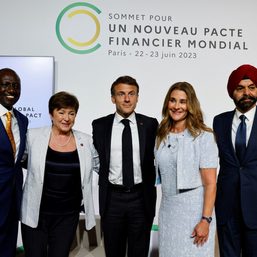
There are no comments yet. Add your comment to start the conversation.